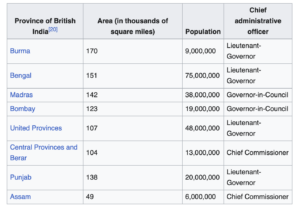I deleted Twitter. Not as a gimmick, but as a necessity.
Fasting
I’m fasting and traveling, which makes March the perfect month to reset. Every year, this is when we rebase our Trans-Atlantic geography—shift locations, rethink habits, and take stock. The Bahá’í Fast has turned Naw-Rúz (Persian-Bahá’í New Year) into a household signifier—a time for reflection and goal-setting. September is the other critical point in the year, marking the start of the academic calendar, when the intellectual reset happens.
But even though I’m technically exempt from fasting while traveling, skipping it feels like cheating the day. There’s something about the discipline of fasting that forces a mental reset—one that I’ve realized Twitter was actively working against.
Politics, and the Return of Old Ideas
The Trump election caught me by surprise. Not in its inevitability, but in how much it reawakened political instincts I had in my youth—beliefs I had let atrophy in my petty bourgeois years of professional and marital stability. Ideas I thought I had outgrown came roaring back.
There’s something about this election cycle that feels like the politics of passionate young men mellowing in their 40s. J.D. Vance is four months older than me, and his transformation from progressive skeptic to ideological warriorreflects something deeper happening on the Right.
But back to my main topic—why I’ve left Twitter.





